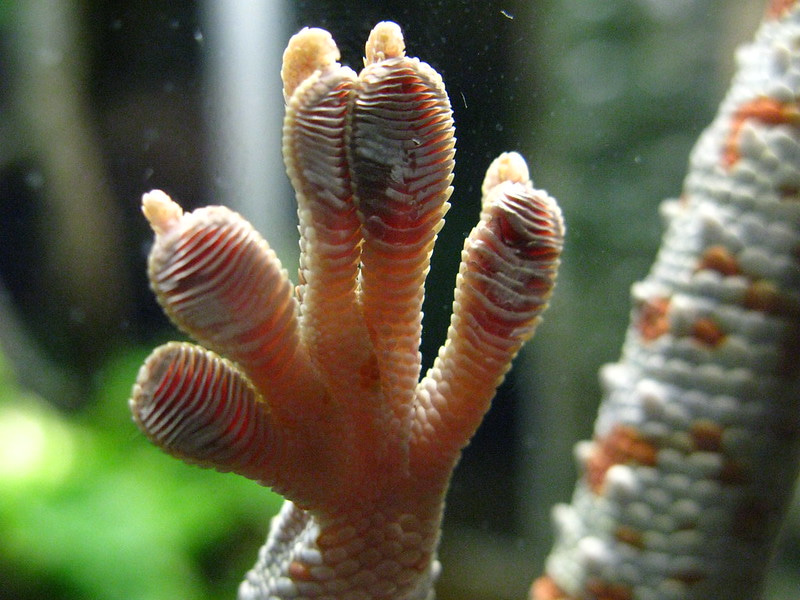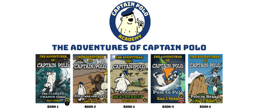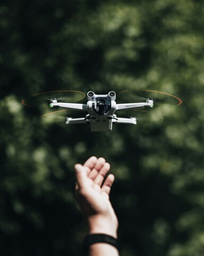Biomimicry and Nature-Inspired Solutions

Nature recycles waste efficiently, uses renewable power from the sun, is resilient to sudden changes, is adaptable over time to new conditions, and self regulates through feedback. What if we could use the operating principles found within nature to rethink how we live as humans? To flourish without permanently damaging the natural ecosystems we depend upon for our survival?

Source: www.flickr.com/photos/76125899@N00/4853794804
Biomimicry (meaning ‘to copy life’) takes us on a journey to discover the principles (see list below) which makes nature a model for sustainability; a model which achieves dynamic balance, sustains the whole and provides the conditions for survival. Biomimicry offers an opportunity to explore how these principles can help tackle some of the greatest challenges facing humanity today such as climate change and increasing levels of waste and pollution. And finally empowers students to creatively apply their new competences to discover real solutions that work.
Biomimicry has been defined as ‘learning from and then emulating natural forms, processes and ecosystems to create more sustainable designs.’[i] It does this based on three inter-twined values:
- Emulate – observe nature closely and we can see how organisms use a vast array of strategies to provision their needs; these strategies are being emulated by many companies in product design. It occurs when we tackle human problems through the inspiration of nature and minimize our impact on the Earth.
- Reconnect – learning from nature requires deep curiosity and observation, reconnecting to the natural world at a level beyond mere utilitarianism. It is about regaining the recognition that we are a part of nature and the relationship between humans and nature is essential for our survival.
- Ethos – understanding how we are an integral part of nature, and how nature brings about balance and harmony, we choose how to apply biomimicry thinking with an ethos of care and empathy with all life. It signals the intention to proceed only in ways which work alongside natural balance.
When these values are taken together, biomimicry offers a different way of seeing nature; supports a shift in view of learning about nature to learning from nature. It explicitly places the natural world as a source of solutions to human challenge, providing a moral and practical reason for the conservation of the natural world. It facilitates a deeper looking at the natural world, through which a sense of sacredness can emerge.

As the three values briefly laid out above suggest, biomimicry is not simply taking ideas from nature to create better products to serve human needs. It necessitates a deep observation of how nature works, the inter-relationships between organisms and their environment, and an innate sensing of nature’s cycles. In this way, biomimicry offers a method to rethink our relationship with nature, rediscovering our place within the natural world, finding balance, harmony and renewal. In this sense, biomimicry can be far more than a neat engineering solution; it can be used to engage learners deeply with the natural world. In this way, biomimicry can itself become an ‘natural pedagogy’ rather than simply a tool.
Biomimicry offers multiple points into the natural world. It can be entered from a deep ecology point of wholeness and connectivity, broadening out into seeing how nature works and applying nature’s principles to address human needs. Or it can be entered from the perspective of an engineering challenge, exploring nature to see how organisms have solved similar challenges; or even stripped back to look at the properties of materials and structures and how they can be applied in a variety of situations. In this sense, biomimicry can appeal to a wide range of people regardless of their current views of nature.
As a result, biomimicry can help us see beyond the usual events and patterns of our daily lives. It can suspend our usual way of seeing nature, and offers a new mental model to reshape our relationship as a part of nature. Biomimicry provides inspiration to go beyond simply copying nature, and presents learners with opportunities to enrich and broaden their learning beyond facts and into a new relationship with the natural world.
Janine Benyus[ii], who coined the term biomimicry, offers nine principles to guide us:
Nature runs on sunlight: Just as nature is powered by the renewable energy of the sun, we can promote the use of renewable energy sources and the purchase of green power. If we were to consistently mimic the ways of nature, we would rely solely on renewable power.
Nature uses only the energy it needs: Nature takes only what is needs. We can learn to optimize the performance of goods and services to sip energy rather than gulp it.
Nature fits form to function: A tree is rooted in the ground to draw water and nutrients from the soil, it spreads its branches and leaves wide to increase its surface area and soak up the sunlight it needs to produce energy and grow. In the same vein, well-designed buildings and communities that adhere to the principles of biomimicry make optimal use of mass and space.
Nature recycles everything: Everything produced in nature is biodegradable, there is no waste. Once the natural life of a pinecone has come and gone, it breaks down into essential elements and compounds that are repurposed.
Nature rewards cooperation: Very little in nature exists in isolation. By way of example, plants persist because of pollinators, which in turn feed on the nectar they collect.
Nature banks on diversity: Diversity is one of nature’s best insurance policies. We know that species with limited genetic diversity have more difficulty adapting to environmental change, and that ecosystems rich with diversity are more stable.
Nature demands local expertise: There is a reason the term “invasive species” has such strong connotations, nature’s systems are inherently local. Certain species thrive under specific conditions; local and regional weather patterns matter, as do the types of soil, air particulates and water temperatures.
Nature curbs excesses from within: Every natural system has a tipping point, a carrying capacity or a state of disequilibrium that triggers a change. Forest fires are a great example of a natural phenomenon that renews and refreshes, cutting down on excessive growth and allowing for regeneration.
Nature taps the power of limits: All living things are governed by limitations; age, climate, population density and many other factors determine how species and systems develop.
This short blog is an introduction to the BioLearn project, taking place within five nations across Europe. Further articles will explore how schools are introducing biomimicry within learning, and reflect on student and teacher experiences of learning through biomimicry. If you would like to find out more, please get in touch.
[i] Baumeister, D. (2014). Biomimicry Resources Handbook: A Seed Bank of Best Practices. Biomimicry 3.8.
[ii] Benyus, J. (1997). Biomimicry: Innovation Inspired by Nature. HarperCollins.





Please sign in or register for FREE
If you are a registered user on WildHub, please sign in
Thanks for sharing Richard and for clearing explaining the term biomimicry and its principles. I look forward to reading how you have integrated this into your BioLearn project in your next contribution.
Love this Richard. I was unfamiliar with the term Biomimicry but understood the process of it. I love the creativity and learning that goes alongside it!